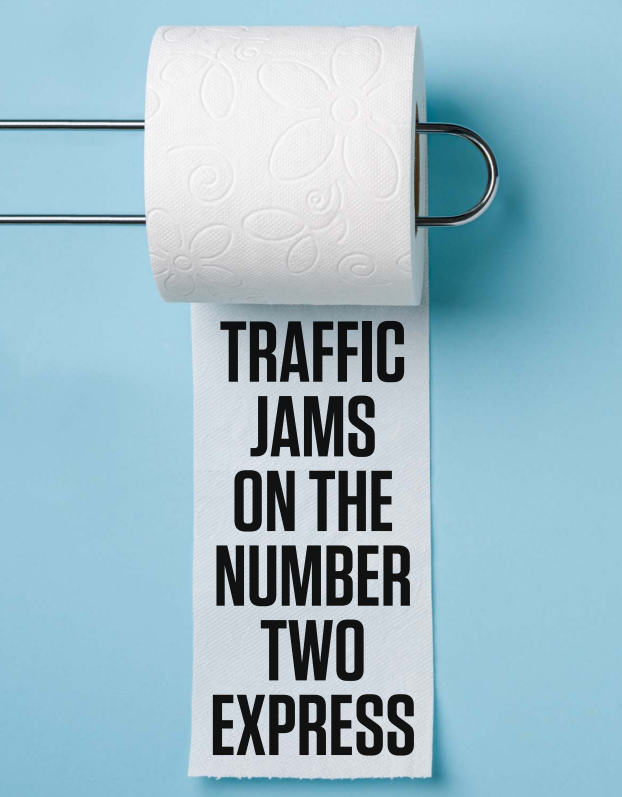In March of this year, I reported on a study that shows anxiety skyrocketing to the number one issue among American workers. The latest data analysis from ComPsych analysis—based on a representative sample of more than 300,000 U.S. cases—found that anxiety is now the number one presenting issue among American workers, topping depression, stress, partner/relationship issues, family issues and addiction and grief among other topics people sought help for.
I recently cited the 2024 results of the American Psychiatric Association’s (APA) annual mental health poll show that U.S. adults are feeling increasingly anxious. In 2024, almost half (43%) of the American population say they feel more anxious than they did the previous year, up from 37% in 2023 and 32% in 2022. On a global scale, the APA study finds that Americans are anxious about current events (70%), the economy (77%), the upcoming United States presidential election (73%) and gun violence (69%). Other anxiety provoking issues weighing on the American workforce are global conflict, racism and political conflicts, mass shootings, climate-related disasters and a turbulent economy. I described an easy and useful tool to mitigate anxiety in a recent piece for Forbes.com.
Some Employees Battle ‘Productivity Anxiety’ Daily
Now there’s more data showing that “productivity anxiety”—the feeling that there is always more you should be doing—is pervasive in the workplace in this country. A Workhuman survey of 1,000 full time employees found that 61% of U.S. workers say they’re productive at work, but it comes at a cost. A total of 80% report they have “productivity anxiety” and over one-third have it multiple times a week.
“Productivity anxiety” is higher among Gen Z with 30% battling it daily and 58% having it numerous times a week. Meeting deadlines is the leading indicator of having “a good day” (68%), and making mistakes tops the list as a sign of a “bad day” at work (49%).
I spoke by email with Dr. Meisha-Ann Martin, senior director of people analytics and research at Workhuman. Martin told me that “productivity anxiety” is a global phenomenon and that Americans especially are obsessed with productivity and the hustle culture. She acknowledges that our fixation on productivity prioritizes output over well-being, leading to burnout, stress and a diminished quality of life. Martin believes the challenge is finding a balance that promotes efficiency and success without compromising mental and physical health.
“Driven by the tech boom of the 1990s, hustle culture has glamorized overworking, promoting the idea that constant productivity is a badge of honor that sits at the cornerstone of success and innovation,” she says. “This narrative teaches employees that to achieve their professional goals, they must constantly strive to perform better, often at the expense of personal well-being and mental health.”
Widespread layoffs have also had a major impact on productivity anxiety and well-being, according to Martin. “Over one-third of respondents say they are either personally impacted by layoffs or work in an organization that has conducted layoffs in the past year,” she points out. “In addition to causing anxiety about job security and reducing trust between employees and employers, layoffs can also heighten concerns regarding workload. Layoffs often transfer additional responsibilities to remaining employees, increasing their stress and pressure to take on more work to safeguard against potential future layoffs.”
 The Costs Of America’s Productivity Obsession
The Costs Of America’s Productivity Obsession
The American Institute of Stress reports that job stress costs U.S. employers more than $300 billion annually due to absenteeism, turnover, decreased productivity and direct medical, legal and insurance costs. Ironically, the WHO estimates depression and anxiety cost the global economy $1 trillion annually in lost productivity.
In terms of the psychological costs, Martin recognizes that the relationship between employee well-being and productivity is complex and multifaceted, adding that “productivity anxiety” can lead to feeling dissatisfied with progress or overwhelmed by a never-ending to-do list and a fear of failing. “When a person’s drive to achieve is motivated by self-doubt or fear, it can lead to consistent psychological and physical stress,” she notes. This strain not only impacts the individual but can also permeate team dynamics and ultimately shape the culture of an entire organization.”
What Employers Must Do To Mitigate The Problem
1- Set clear expectations and goals. Martin stresses the importance for people leaders to set clear expectations of what “productivity” means within their team and larger organization. “Collaborate with employees to establish realistic goals that align with broader business objectives,” she suggests. “Additionally, prioritize tasks by identifying what is most impactful or pressing and ensuring that team members have a clear understanding of these priorities. This approach not only reduces uncertainty but also enhances focus and productivity among the team.”
2- Give frequent recognition and feedback. Martin cites recognition and feedback as crucial roles in mitigating productivity anxiety. “Respondents globally indicate that being recognized or awarded for their work, receiving more frequent feedback, and having a clear understanding of their impact on business goals are the most effective ways to reduce productivity anxiety,” she explains. “Our studies consistently show that employees who receive regular recognition, experience lower levels of burnout and higher rates of well-being. While recognition doesn’t change the workload, it reassures individuals about their performance and reduces some of the subjective aspects of productivity anxiety. This fosters a positive work environment where employees feel valued, motivated and confident in their contributions.”
3- Check-in regularly. Martin recommends moving beyond traditional annual or quarterly reviews by implementing a continuous performance management process. “This modern, human-centered approach emphasizes promoting, evaluating and enhancing employee performance through regular, targeted check-ins that focus on both the person and their work,” she insists, suggesting that leaders, “Create actionable milestones that track and celebrate progress rather than just project completion. Managers should also be taught how to create a sense of psychological safety where employees can share how they’re really feeling. Creating a workplace where employees feel secure and valued leads to healthier, more sustainable productivity that benefits everyone—not just the bottom line. It’s about creating workplaces that prioritize human needs, aligning them with organizational goals to foster a culture of performance that is both humane and effective.”
4- Promote rest and well-being. Martin advises educating employees on the well-being benefits and tools available to them. “Encourage the use of paid time off, actively listen to the challenges employees face in managing their workloads and be on the lookout for signs of burnout,” she concludes. Promoting a balance between work and rest is key to maintaining a healthy, productive workforce.”





